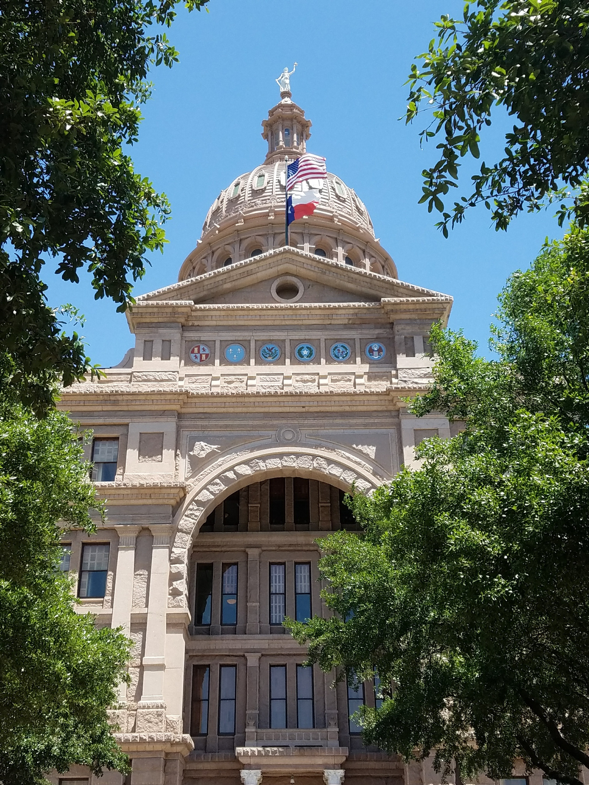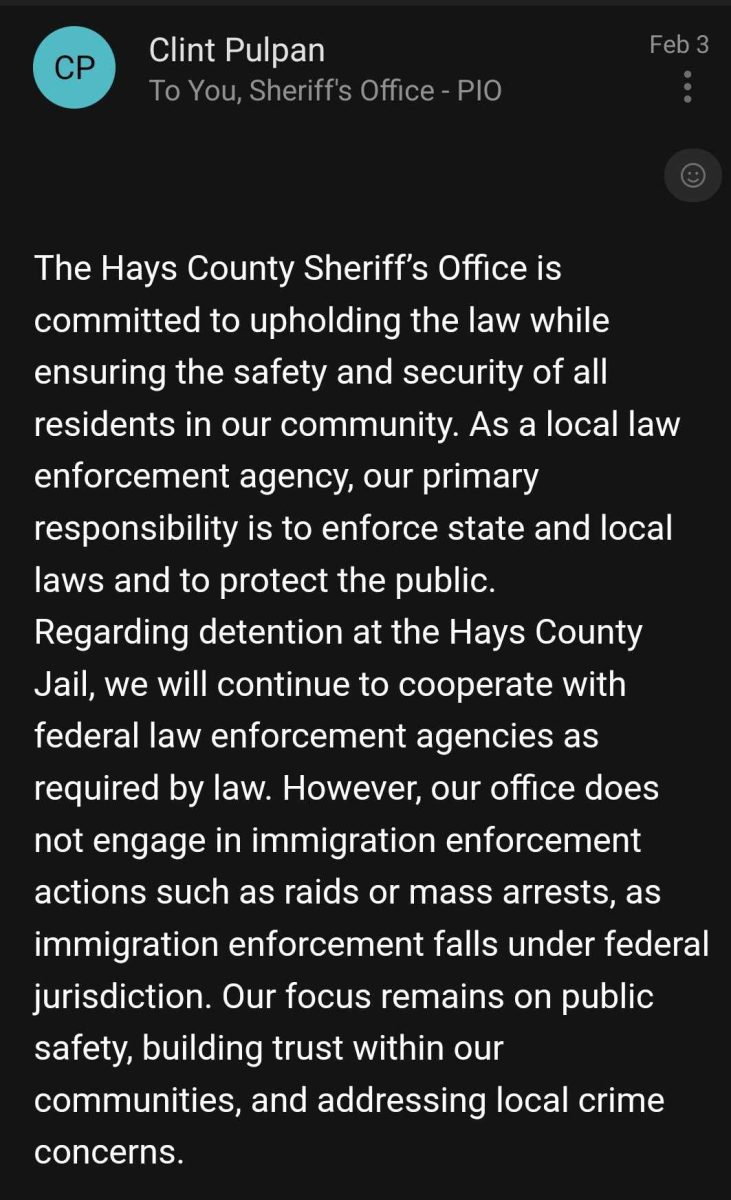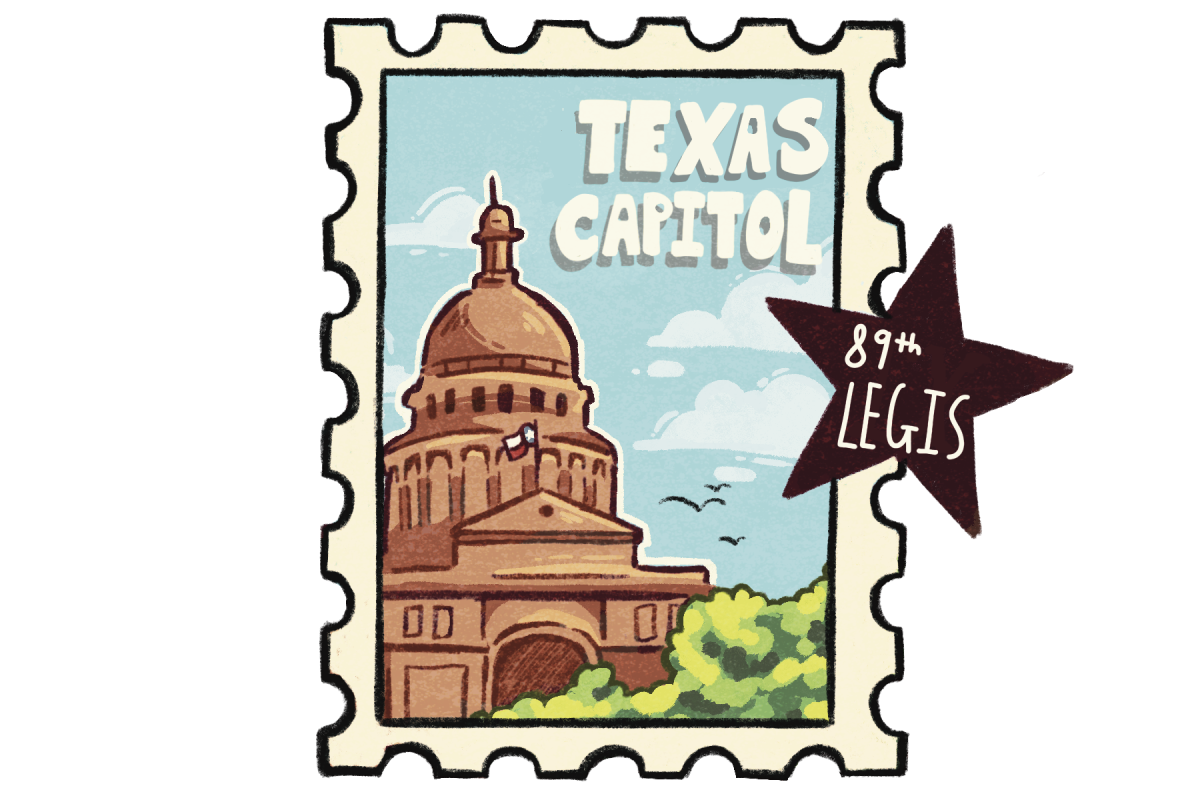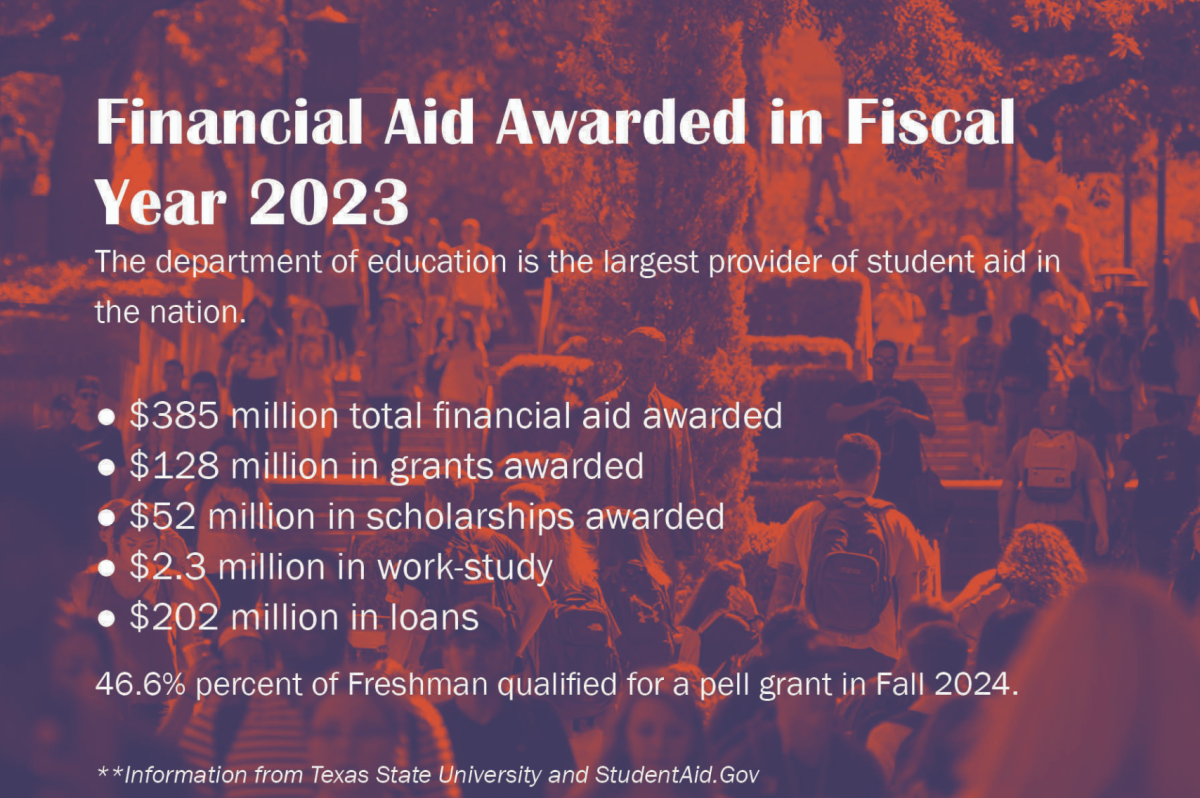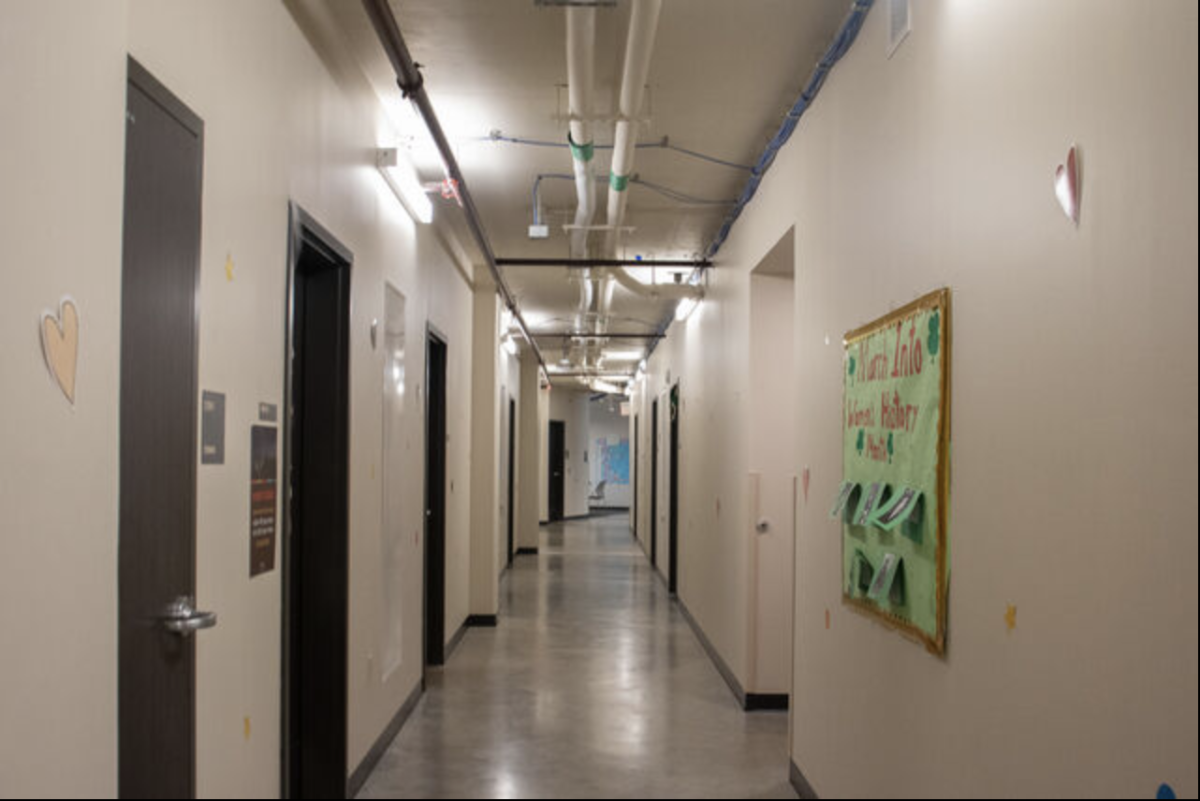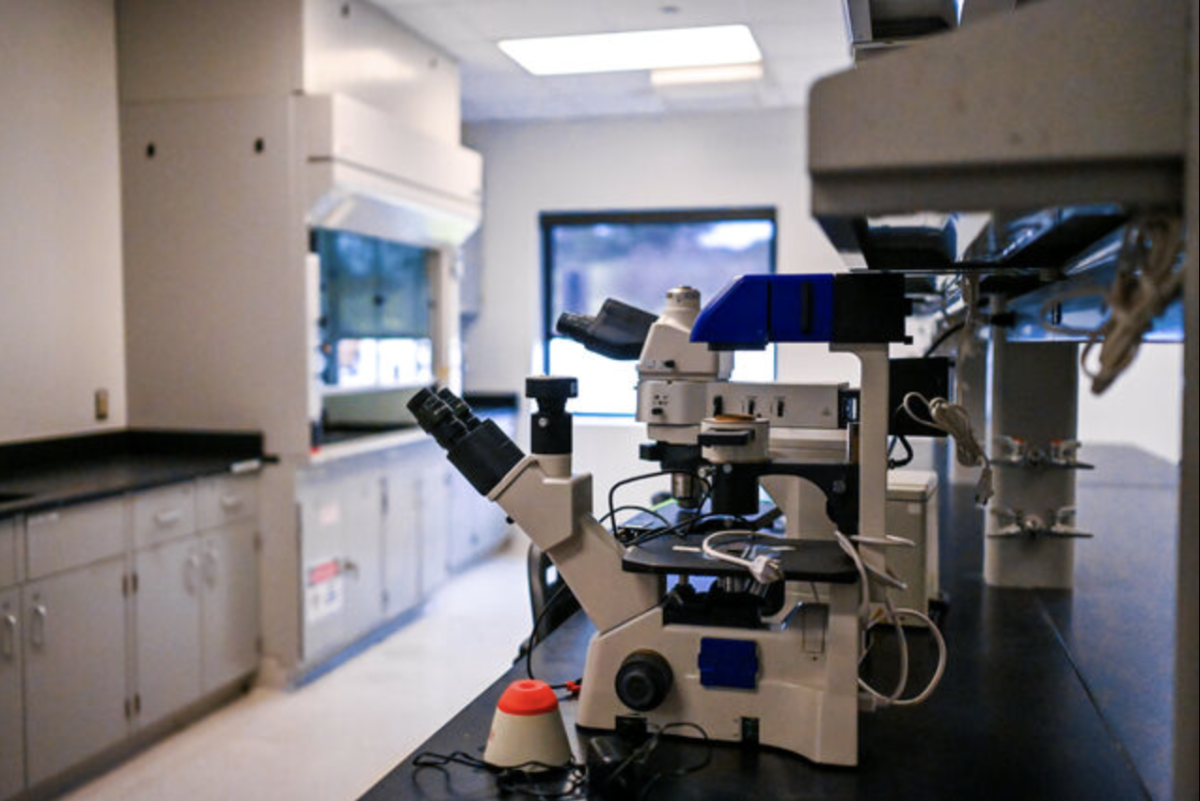Tuition has continued to rise across public Texas universities due to unprioritized funding by the Texas Legislature.
Compared to the cost of 15 hours in the fall of 2008 at $2,550, the cost of tuition will be $4,167 in the fall of 2018 totaling a 49 percent increase within the past ten years.
The majority of the 38 public universities in Texas have increased tuition rates for upcoming years. Between the fall of 2017 and the fall of 2018, Texas State increased tuition by $123. The University of Texas increased its tuition between $99 to $114 and Texas A&M University increased between $276 and $367, both varying among majors.
The Permanent University Fund, the second largest endowment in the world, was established 1876 in the Texas Constitution to benefit UT and TAMU by setting aside 2.1 million acres in West Texas to be leased by oil, gas and other revenue-generating companies. Between 2004 and 2013, appropriations gained by the PUF funded nearly $1.5 billion in projects for the universities, allocated as two-thirds for UT and one-thirds for TAMU.
Jennifer Beck, director of Retention Management and Planning, said although reasons for students leaving the university are individualized, finances are always within the top five reasons.
“The university has been very diligent about keeping the cost to attend Texas State as low as it can. Every time a decision is made to increase tuition or a fee, there is a lengthy process,” Beck said. “(Despite tuition increases,) Texas State continues to be one of the most affordable public universities in the state.”
The Texas Higher Education Coordinating Board is tasked with evaluating higher education institutions and transmitting recommendations for improvement, including funding and formula recommendations, to the Governor, legislature and institutions.
For the 2018-19 biennium, the THECB recommended an increase in funding to general academic institutions of 9 percent, or $423.1 million. According to The Center for Public Policy Priorities, the Legislature increased funding by 0.9 percent, or $43 million instead.
Eric Algoe, Vice President of Finance and Support Services, said the cost of providing education to students is far more than what is paid in tuition at public universities, requiring the cost to be partially subsidized by the state and federal government.
Texas State’s Legislative Appropriations Request for Fiscal Years 2018 and 2019 stated faculty have a 32 percent higher than state average teaching load while being paid 12 percent below average. Algoe said the university is working to close the gap and be more in line with peers.
“There is value to the nation in continuing to have public universities provide affordable education to its citizens so trade-offs must be made,” Algoe said. “We have to fund higher education at a level so it continues to be affordable and accessible to people of every walk of life.”
The majority of the allocated funds to each public university is based upon The General Academic Institution Instruction and Operations Formula, accounting for the number of classes offered by an institution in a three-year period, enrollment changes and hours taught by tenure or tenure-track faculty.
In the last legislative session, Texas State received tuition revenue bond authority which allowed the university to take out loans to build the Ingram College of Science and Engineering Hall and Willow Hall in Round Rock and will be paid back by the state.
Categories:
Tuition prices continue to hike
June 8, 2018
0
Donate to The University Star
Your donation will support the student journalists of Texas State University. Your contribution will allow us to purchase equipment and cover our annual website hosting costs.
More to Discover



